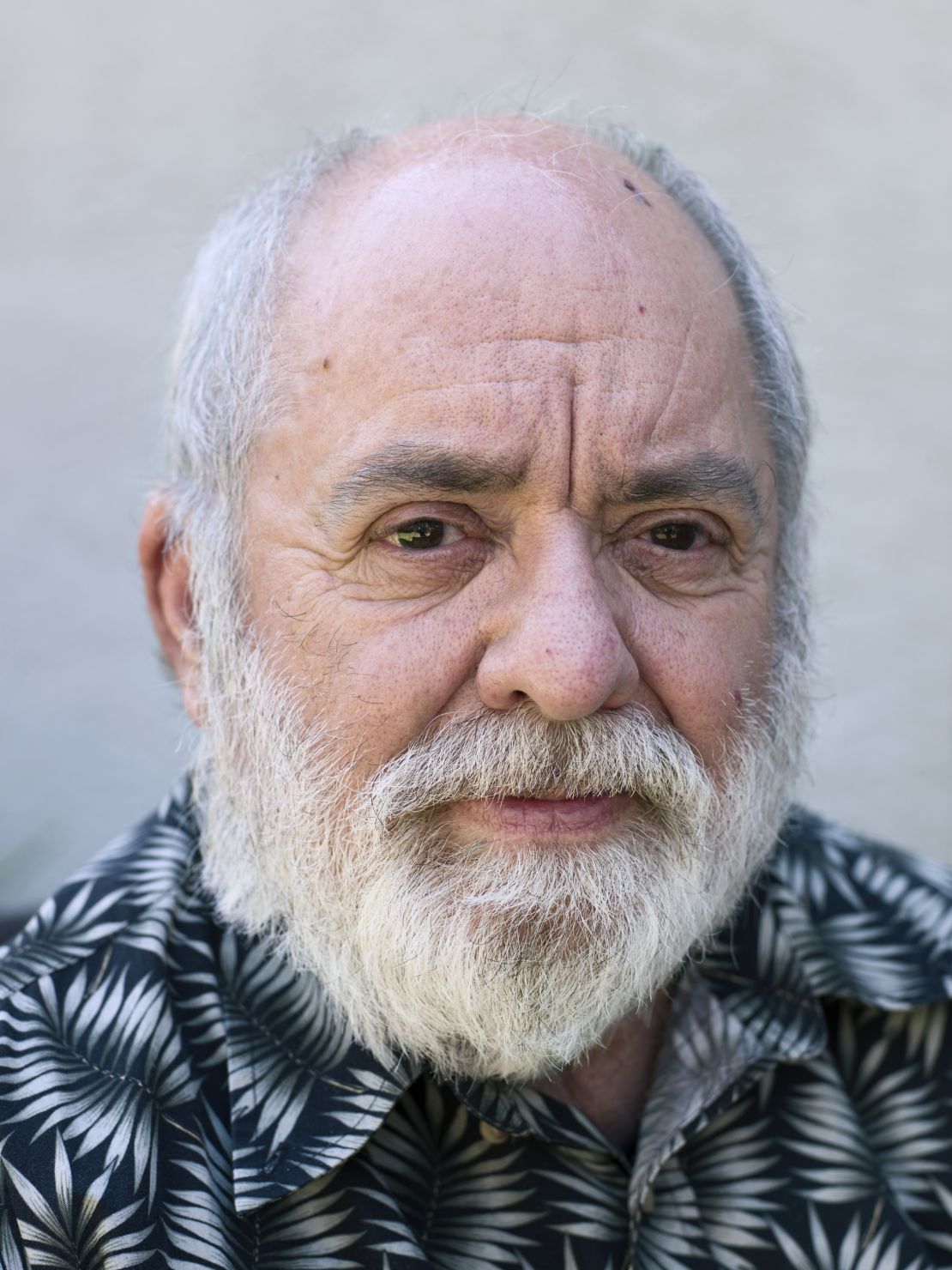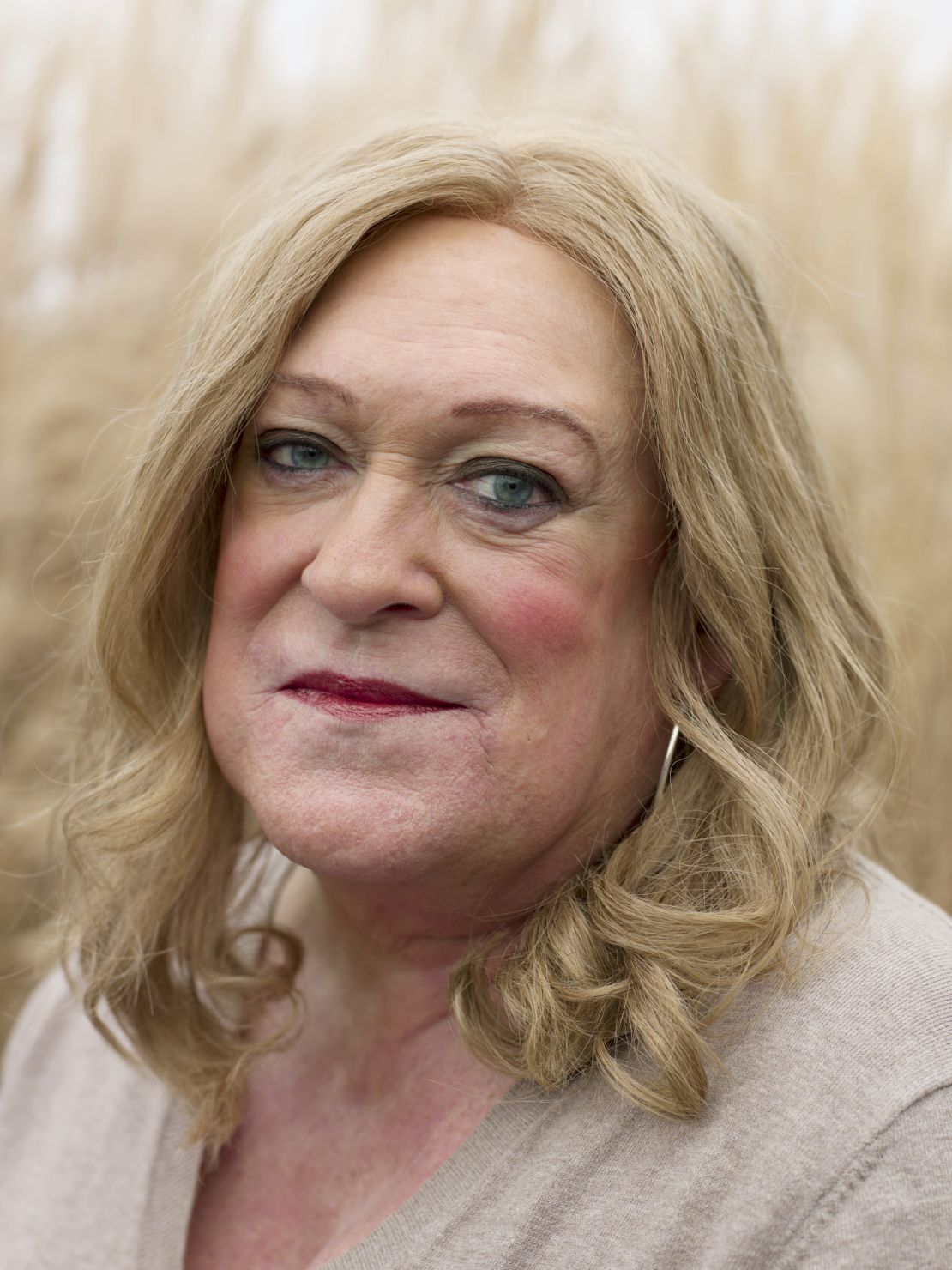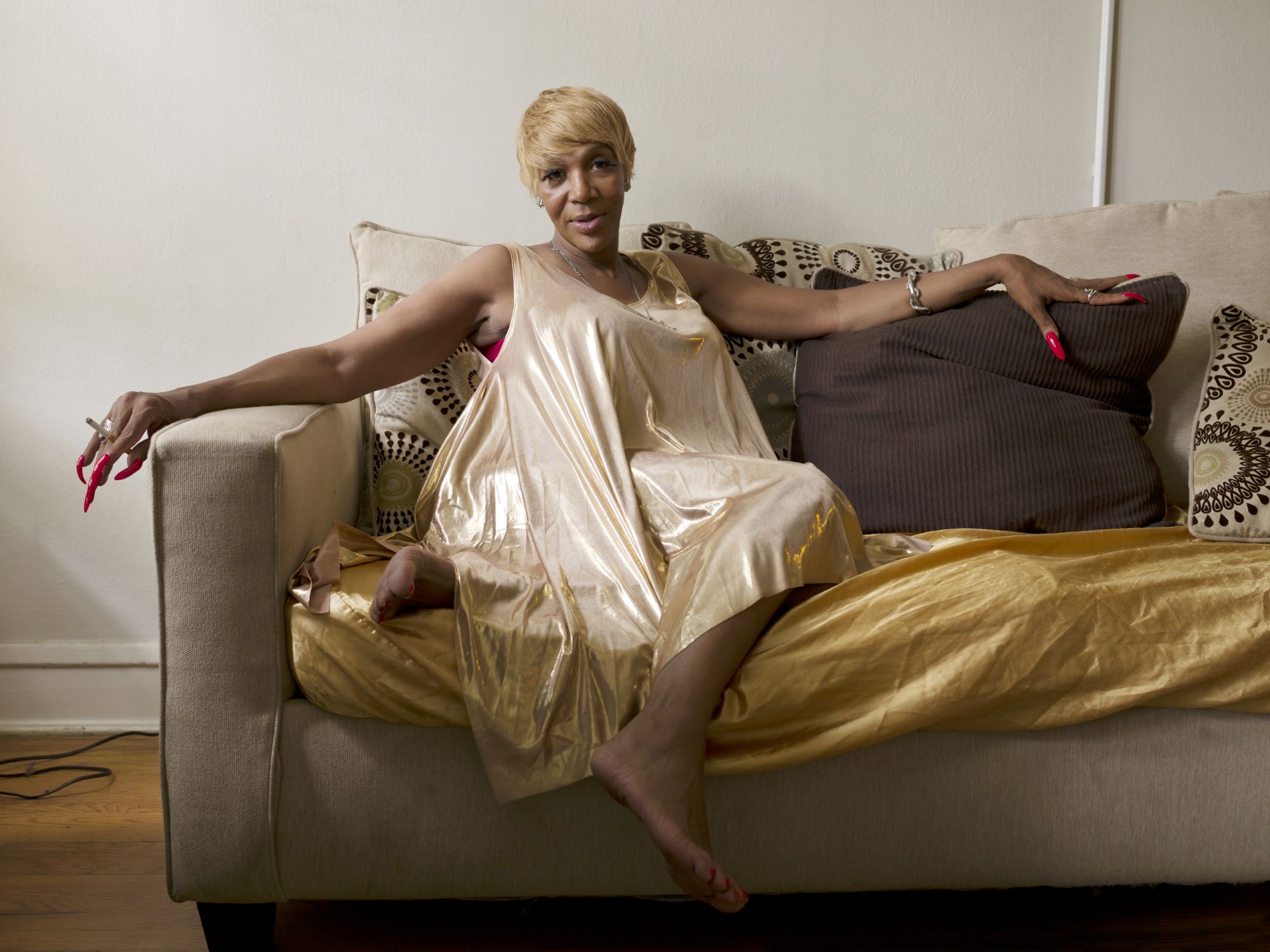America has witnessed unprecedented levels of transgender visibility in recent years.
But for 32-year-old Jess Dugan, who has been photographing the country’s trans communities for the past 15 years, one demographic remains marginalized: seniors.
“I think, in general, a lot of the discussions around trans people are very youth-focused,” she said in a phone interview. “And our culture, in general, is youth-focused.
“I wanted to both highlight and record the stories of older people who, in many cases, came out a long time ago – and, in some cases, were directly responsible for creating this moment that we’re in now, but who are somewhat overlooked. I think that older (trans) adults are often left out of that conversation.”
Portraits depict 'struggles and joys' of older transgender adults
To counter this narrative – or lack thereof – 32-year-old Dugan launched a photo project “To Survive on This Shore,” which is now being published as a book of the same name. Shot over the course of five years, Dugan’s portraits accompany interviews conducted by her partner Vanessa Fabbre, a social worker and assistant professor at Washington University in St. Louis.
The pair’s only restriction was that subjects self-identified as transgender or gender non-conforming. Accordingly, the book’s diverse cast of more than 60 people spans various ethnicities, US states and socio-economic backgrounds.
From 75-year-old Jude, who started hormone therapy in the early 1970s, to 77-year-old Amy, who came out as transgender in 2012 following the death of her partner, their varied experiences depict what Dugan describes as the “struggles and joys” of being an older transgender person.

“One interesting thing about working on this project was realizing how different everyone’s stories were,” Dugan said. “But I do think that there was a common thread of people struggling to figure out their identity, or come to terms with it. Their transitions often resulted in a lot of social fallout – people losing homes or families.
“So there was this kind of dual experience: of finding freedom and community, and then also losing comfort or security.”
A hidden population
Recent research by UCLA’s Williams Institute found that transgenderism is almost as prevalent among the elderly as the young. The study estimated that 0.5% (or one in every 200) of Americans aged 65 or over identified as transgender, compared to 0.7% among 13- to 24-year-olds.
Yet, older people’s experiences were often profoundly different from those of today’s transgender youth. Many of those profiled in Dugan and Fabbre’s book discuss coming out (or transitioning) at a time when families, communities and even legal systems struggled to comprehend transgenderism.
“For a long time, society identified me as a lesbian and seemed to ignore my transgender status,” 59-year-old Jay Kallio, a transgender man who passed away after interviewing for the book, is quoted as saying. “Back then, in the 1950s and ’60s, society wasn’t really all that nuanced in how it looked at LGBT people. We were all sort of lumped into the same boat.”

As 63-year-old Monica (who, like others in the book, is only identified by her first name) put it: “I came out to my aunt she told me she had had conversations with my mother, but back then in 1955 they didn’t have the language. By the time I had a conversation with a professional, I was an adult.”
Despite the struggles documented, the book’s subjects also display a pervasive sense of acceptance – both of their gender identities and of the ongoing social stigma that surrounds transgenderism.
“I want to be accepted as a woman, but if I am not, I don’t mind,” 86-year-old Rachel told Dugan and Fabbre. “One of the neighbors won’t have anything to do with me, but I don’t care, because who is she? She doesn’t know me.”
Relatable role models
Dugan, who identifies as “queer and gender non-conforming” (or “loosely part of the transgender umbrella,” as she also put it) came out as gay aged 13. She thereafter began questioning her own gender identity, a process that has directly influenced her art.
“When I was growing up, I didn’t see many representations of people who looked like me,” she said. “This was 15 years ago, give or take, and so much has changed since then. But it was in fine art photography books that I first discovered images of LGBT people who I could relate to.
“Photographic portraiture had a really profound effect on me by validating my own identity and allowing me to realize I was part of larger community.”

So while the book is centered around seniors, Dugan hopes that by collaborating with non-profit and education groups, it can help bring these stories to a wider – and crucially younger – audience.
“We want younger trans folks to have representations of older trans folks who they can look to,” Dugan said. “We heard from younger people that they’d never even seen older transgender people – they had no roadmap for what their lives would look like.
“This project may be over, in terms of making it,” she added. “But I hope the effect is just beginning.”
“To Survive on This Shore: Photographs and Interviews with Transgender and Gender Nonconforming Older Adults,” published by Kehrer Verlag, is available from Aug. 28, 2018.


















